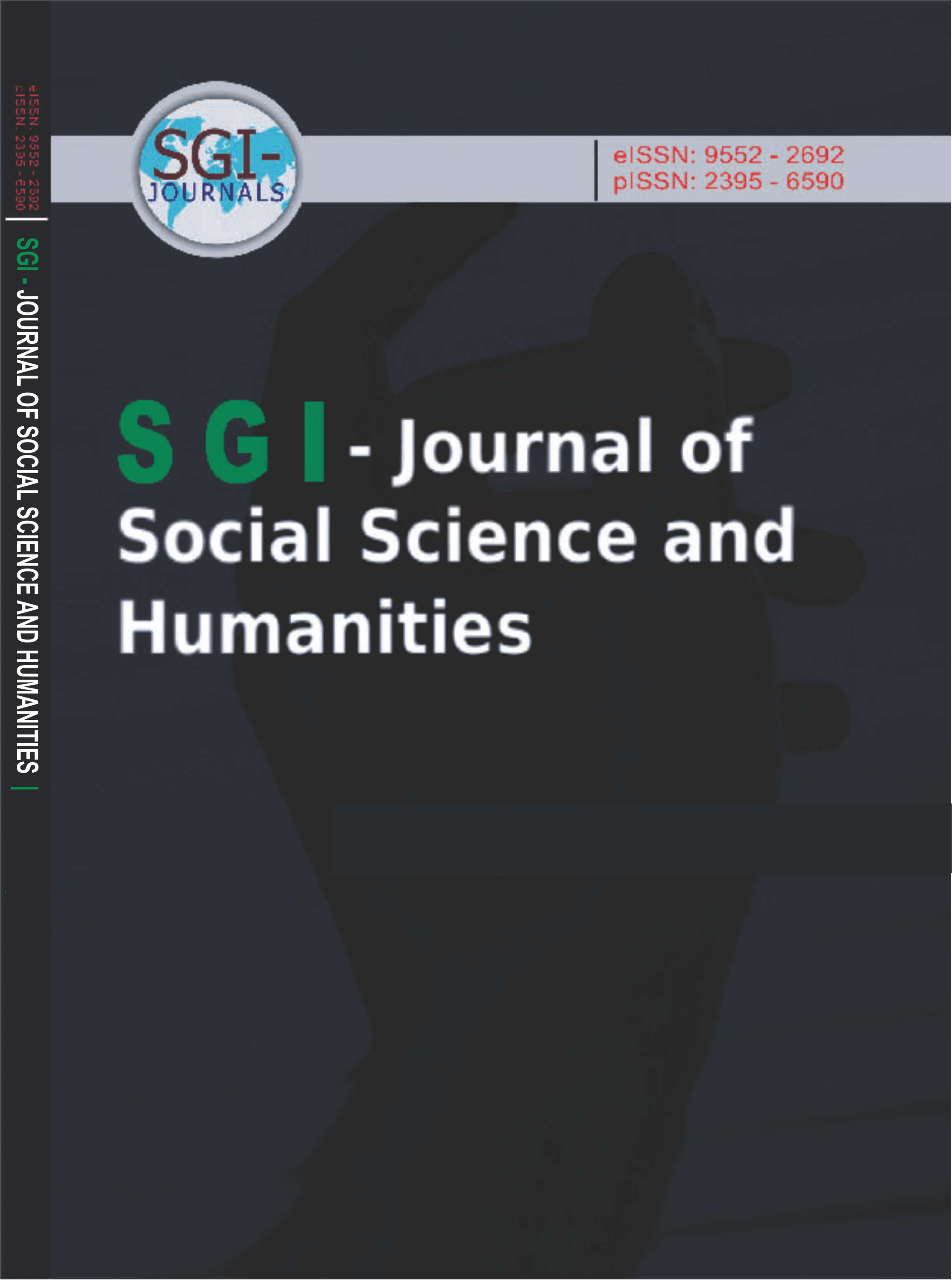SGI-JOURNAL OF SOCIAL SCIENCE AND HUMANITIES (SGI-JSSH)
DISRUPTING THE WORKLOAD MONOTONY: EXPLORING THE IMPACT OF VIDEO ESSAYS ON GEN-Z STUDENT ENGAGEMENT AND SATISFACTION IN ONLINE COURSES
E-ISSN: 9552-2692
P-ISSN: 2395-6590
DOI: https://iigdpublishers.com/article/703
This study explores the effectiveness of intermittently replacing traditional synthesis essays with student-authored video essays in online courses to alleviate student workload monotony while maintaining academic rigor. With the increasing prevalence of multimedia consumption among Generation Z students, particularly through short-form videos (SFVs) (Zhang, Hazarika, Chen, & Shi, 2023), this research investigates whether engaging students in both the consumption and production of video content enhances learning outcomes and course satisfaction. Using a quasi-experimental design, 83 undergraduate students enrolled in an online Educational Psychology course were randomly assigned to one of three groups: no video, video consumer, and video consumer & producer. The results suggest that students in the video consumer & producer group exhibited significantly higher post-test scores compared to those in the other groups, indicating that active video production promotes deeper learning. Furthermore, students in the video essay group reported higher assignment satisfaction levels as compared to students writing traditional essays, supporting the idea that multimedia assignments can increase engagement and motivation in online learning environments (Hughes & Roblyer, 2023). These findings underscore the potential of video essays as a dynamic tool for fostering intellectual engagement, enhancing retention, and reducing the online course overload associated with repetitive written assignments. The study highlights the need for educators to adapt course designs to better align with the multiliteracies of today's students.
Stephen Arnold PhD
Arnold, S.D., & Moshchenko, M. (2009). Technology input versus input and output: Does it result in learning differences among elementary school students? In C.D. Maddux (Ed.), Research Highlights in Technology and Teacher Education 2009 (pp. 1-9). Chesapeake, VA: Society for Information Technology & Teacher Education.
Auxier, B., & Anderson, M. (2021, Apr 7). Social media use in 2021. PEW Research Center Report. Retrieved from http://www.pewinternet.org.
Beer, N. (2019). Estimating student workload during the learning design of online courses: Creating a student workload calculator. Proceedings of the 18th European Conference on E-Learning, 629–638. University of Aalborg, Copenhagen, Denmark https://doi.org/10.34190/EEL.19.118.
Beimel, D., Tsoury, A., & Barnett-Itzhaki, Z. (2024). The impact of extent and variety in active learning methods across online and face-to-face education on students’ course evaluations. Frontiers in Education, 9. https://doi.org/10.3389/feduc.2024.1432054.
Bonwell, C. C., & Eison, J. A. (1991). Active learning: Creating excitement in the classroom. School of Education and Human Development, George Washington University.
